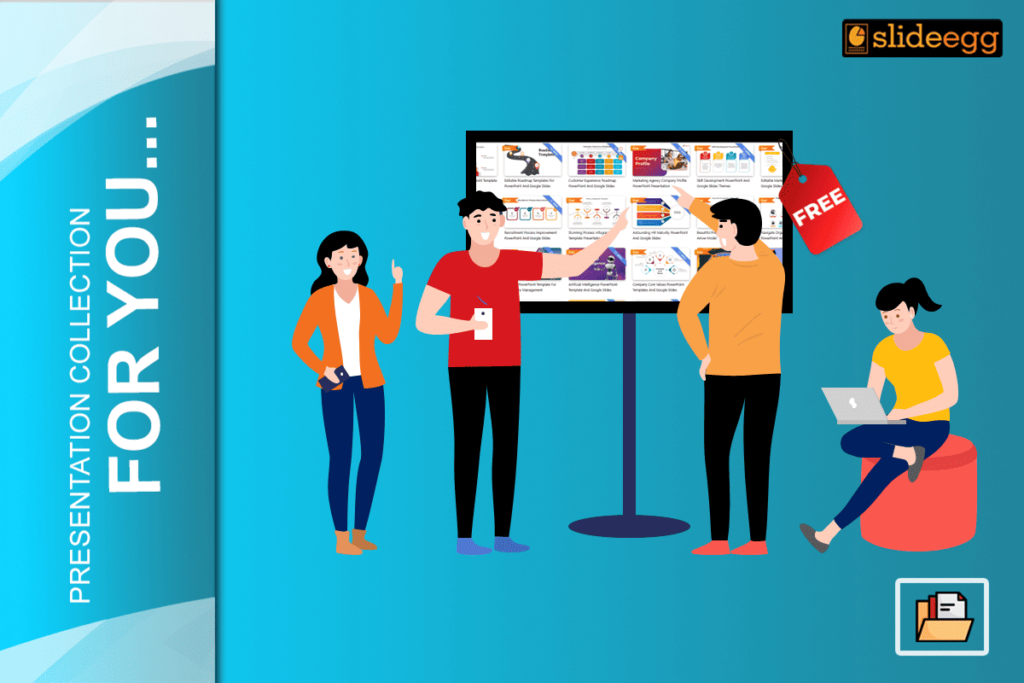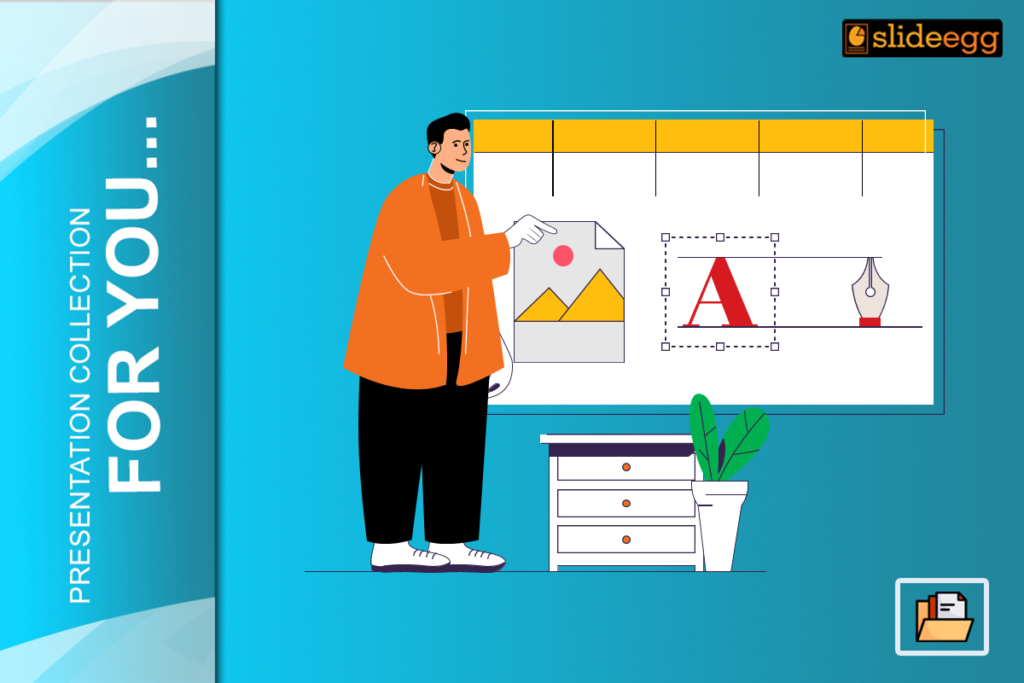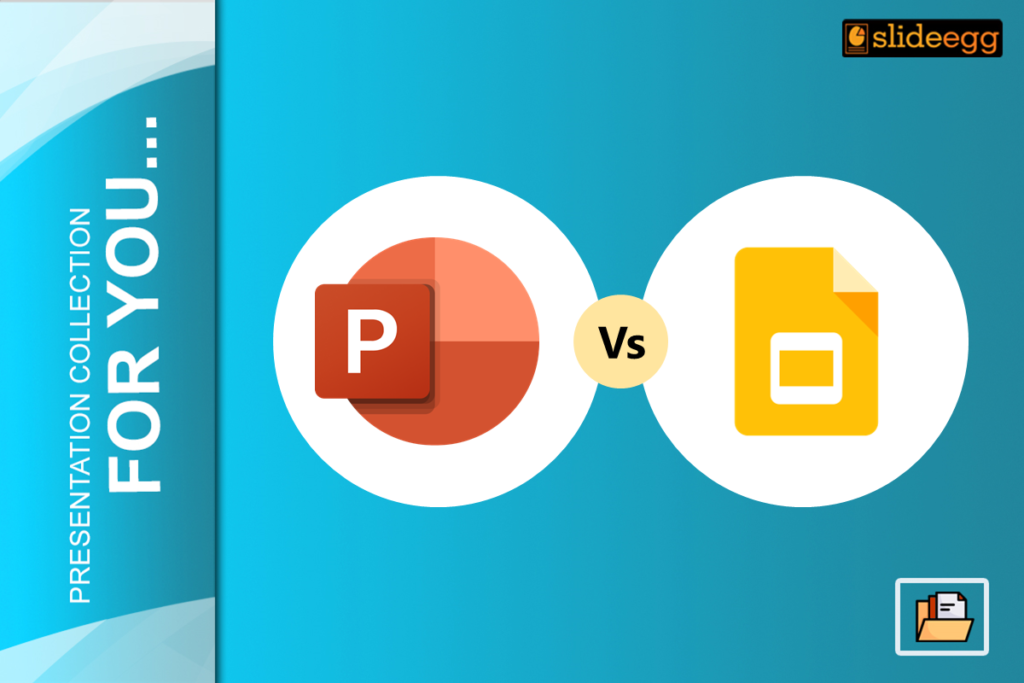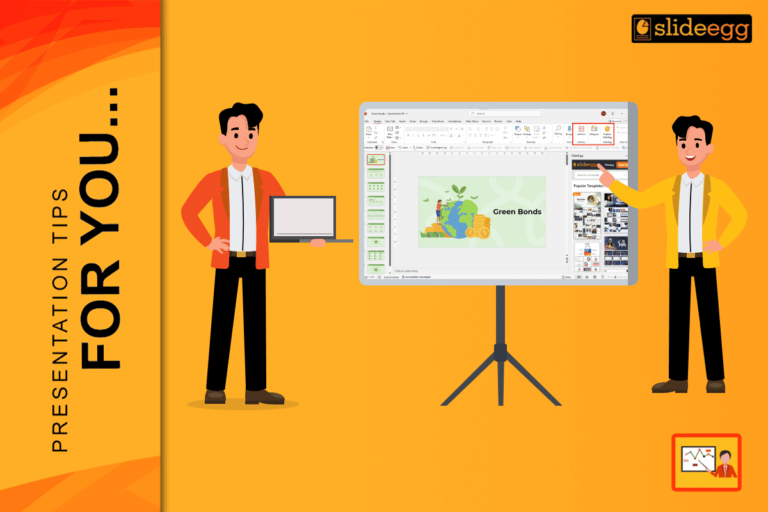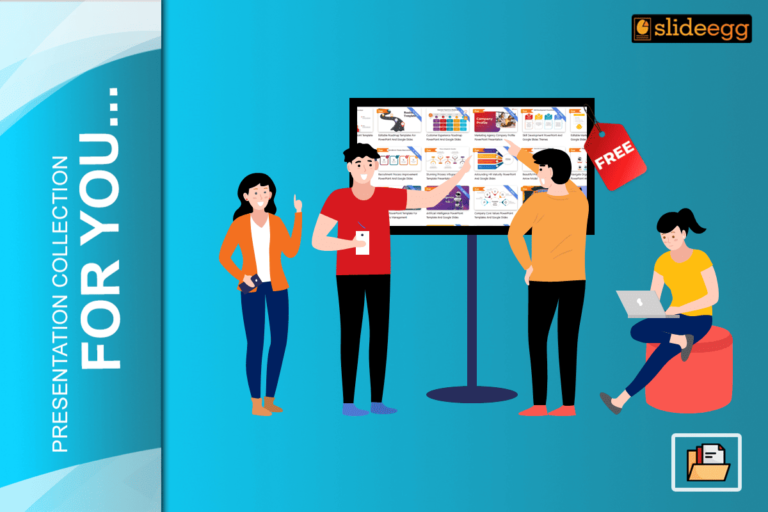In a fast-evolving educational landscape, the way we teach and engage students has undergone a significant transformation. Traditional teaching methods, such as lecture-based teaching, have long been the cornerstone of classroom instruction. However, with the integration of effective presentation techniques and modern teaching methods, educators now have tools to make learning more interactive and engaging.
Let’s dive into the differences between traditional teaching and modern presentation approaches, their impact on student engagement, and how leveraging tools like PowerPoint slides can revolutionize the classroom experience.
A Real-Time Insight
In a recent survey conducted with college students, 68% said they found traditional lectures monotonous, while 85% claimed interactive presentations helped them retain information better. This data highlights the growing need to blend technology with teaching practices to meet the demands of 21st-century learning.
Traditional Teaching Methods: Tried but Static
Traditional teaching methods, like lectures and rote learning, focus on the teacher as the central authority. The teacher delivers information, and students passively absorb it. While this approach has worked for centuries, it may not cater to the diverse learning styles of modern students.
Key Features of Traditional Methods:
- Teacher-Centered Learning: The teacher dictates the lesson, with minimal interaction.
- Rote Memorization: Focus on repetition and memorization rather than understanding concepts.
- One-Size-Fits-All Approach: Limited differentiation for varying learning styles.
While traditional methods ensure structure and discipline, they often lack the active learning component necessary for student engagement in today’s dynamic classrooms.
Effective Presentation Techniques: Engaging the Digital Learner
Effective presentation techniques put students at the center of the learning process. By combining visuals, multimedia, and interactive elements, presentations create a more immersive experience. Tools like PowerPoint slides allow educators to present complex topics in simple, engaging formats.
Why Presentations Work Better:
- Visual Appeal: Human brains process visuals 60,000 times faster than text. Slides with images, charts, and videos help students understand concepts more effectively.
- Interactive Learning: Modern teaching methods like collaborative learning and inquiry-based learning thrive when paired with engaging presentations.
- Customized Content: Teachers can adapt slides to include differentiated instruction, catering to various learning needs.
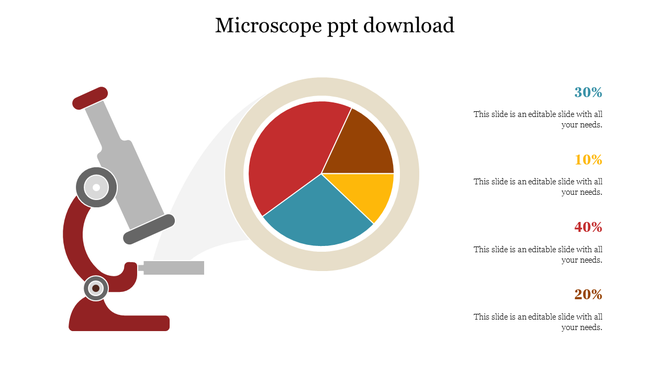
Comparing Traditional Teaching and Presentation Techniques
| Aspect | Traditional Teaching Methods | Effective Presentation Techniques |
| Student Engagement | Low – Passive listening | High – Interactive and participatory |
| Content Delivery | Lecture-focused, text-heavy | Visuals, multimedia, and storytelling |
| Flexibility | Rigid – One-size-fits-all | Adaptable for diverse learning styles |
| Retention | Memorization-based, short-term | Concept-based, long-term |
| Use of Technology | Minimal or none | High – Incorporates educational tools |
How Presentation Techniques Drive Student Engagement
Student engagement is a crucial metric for successful teaching. Traditional methods often fall short because they don’t stimulate critical thinking or collaboration. In contrast, modern presentations foster an interactive learning environment.
Examples of Engagement Strategies with Presentations:
- Inquiry-Based Learning: Using slides with thought-provoking questions to spark curiosity and discussions.
- Collaborative Learning: Presenting group tasks or challenges visually, encouraging teamwork.
- Gamification: Incorporating quizzes or polls into slides to make learning fun and competitive.
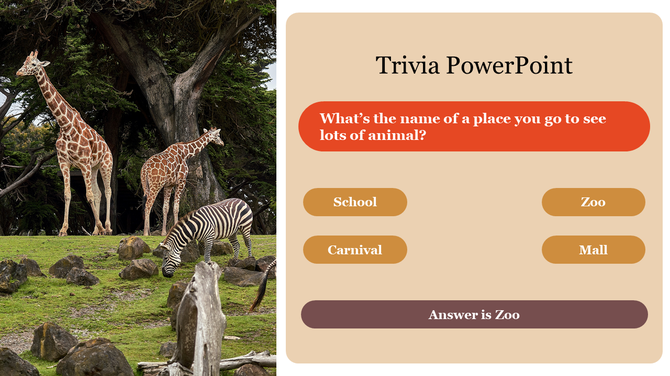
By keeping students involved, these techniques bridge the gap between teacher-centered learning and student-centered learning.
Role of PowerPoint Slides in Modern Teaching
PowerPoint Presentation slides have become indispensable tools in educational technology. They help educators simplify complex topics, present information clearly, and maintain classroom management.
Benefits of Using PowerPoint in Classrooms:
- Simplifies Complex Ideas: Slides can break down intricate concepts into manageable visuals, such as flowcharts or timelines.
- Multimedia Integration: Embedding videos, audio, and animations makes lessons more engaging.
- Encourages Active Learning: Use pre-designed templates that include interactive elements like clickable diagrams and quizzes.
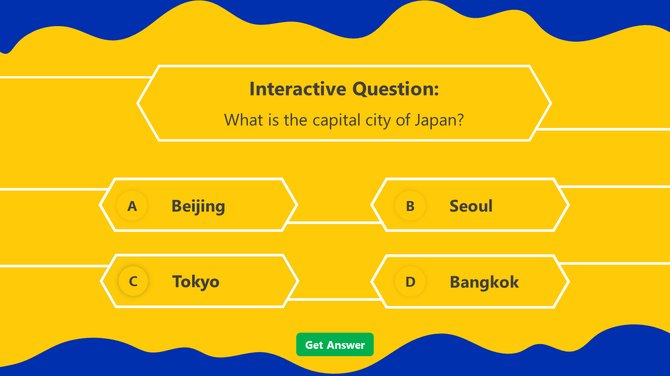
Real-Life Application: How Teachers Use Slides Effectively
Take the example of a high school science teacher explaining Bloom’s Taxonomy. Instead of lecturing for an hour, they use PowerPoint slides to:
- Show an animated pyramid of Bloom’s levels.
- Include real-life examples for each stage of cognitive learning.
- Conclude with a quick multiple-choice quiz to assess student understanding.
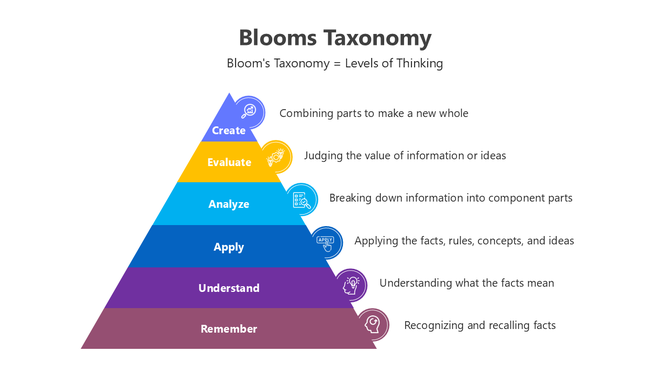
This approach keeps students engaged while helping them retain the information better than traditional note-taking.
Pros and Cons of Both Methods
Traditional Teaching Methods
Pros:
- Familiar and structured.
- Works well for foundational topics.
- Low reliance on technology.
Cons:
- Passive learning environment.
- Limited flexibility for different learning styles.
- Lacks visual or interactive engagement.
- Effective Presentation Techniques
Pros:
- Interactive and visually stimulating.
- Encourages critical thinking and participation.
- Adapts easily to student needs.
Cons:
- Requires preparation and technical knowledge.
- May rely too heavily on technology.
Preparing for the Future: A Hybrid Approach
While traditional teaching methods have their merits, combining them with modern presentation techniques creates a balanced approach to classroom instruction. A teacher can begin a lesson with a traditional lecture for context and transition into an engaging presentation for deeper exploration. To enhance engagement further, consider these Top 10 Ideas to Make Your Presentation Interactive, which can help make lessons more dynamic and participatory.
Example of a Hybrid Method:
- Start with a Lecture: Introduce the topic to provide context.
- Use Slides for Details: Present core concepts visually, breaking them into chunks.
- Interactive Activities: Include group discussions or live polls after the presentation to reinforce learning.
This approach leverages the best of both worlds—providing structure while enhancing student engagement.
Final Thoughts
In today’s digital age, effective presentation techniques offer a dynamic alternative to traditional teaching methods. By incorporating tools like PowerPoint slides, educators can foster a learning environment that is both engaging and impactful.
Education PowerPoint slides make it easy for teachers to create visually appealing and interactive ideas that align with modern teaching needs. Whether you’re presenting Bloom’s Taxonomy, exploring constructivism, or conducting collaborative learning activities, the right slides can elevate your teaching.
The future of education lies in blending the old with the new. By balancing traditional teaching methods with modern presentation techniques, we can ensure that students are not only informed but also inspired. After all, an engaged student is a successful learner.
Start embracing innovative teaching methods today—your students will thank you for it!

